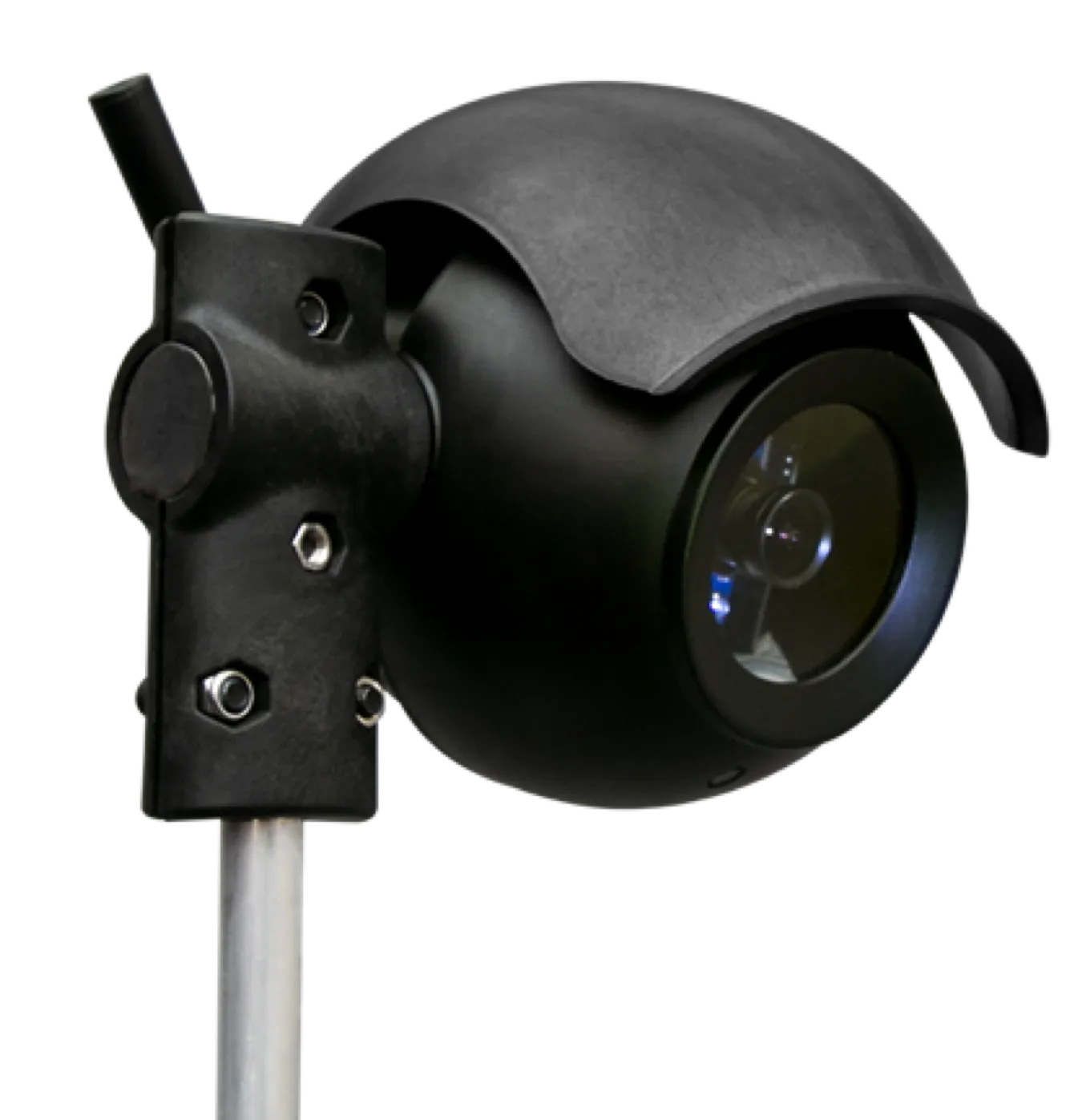Sick’s new hot spot detector system proved its worth only one week after being installed by preventing a fire in the Karawanks Tunnel, Austria. A semi-trailer truck with a wheel temperature exceeding 200 degrees centigrade triggered the alarm as it passed the hot spot detector. Closer inspection indicated that in addition to the overheated brake, the vehicle was also travelling with two cracked brake discs.
Developed by Sick’s Swiss subsidiary ECTN and based on the Sick LMS511 laser sensor with the T
December 9, 2013
Read time: 2 mins
Developed by Sick’s Swiss subsidiary
Every vehicle greater than 7.5 tons is guided into the lane where the Hot Spot detector is sited before entering the tunnel. Here, while the vehicle is moving freely, the laser sensor measures it in 3Dm while thermal imaging cameras create a thermal profile.
The combined 3D thermal image is assessed against one of 28 categories, which each have the approved thermal thresholds for specific parts in locations appropriate to that class, including exhaust system, load, brakes, wheel bearings, engine etc. Any significant deviation from a normal temperature will alert the tunnel police who can pull the vehicle over and implement a thorough inspection.
The all-weather IP66 protected detector operates in all weather environments and is able to detect potentially dangerous overheating on chassis or cargo in virtually any type of vehicle, from buses and low loaders to high sided trucks and tankers.
“Some of the most calamitous disasters have happened on major highways, where a vehicle fire has trapped people in a tunnel, subject to heat and poisonous smoke, with great difficulty in escaping,” comments Gary Young, Sick (UK) traffic management segment manager.









